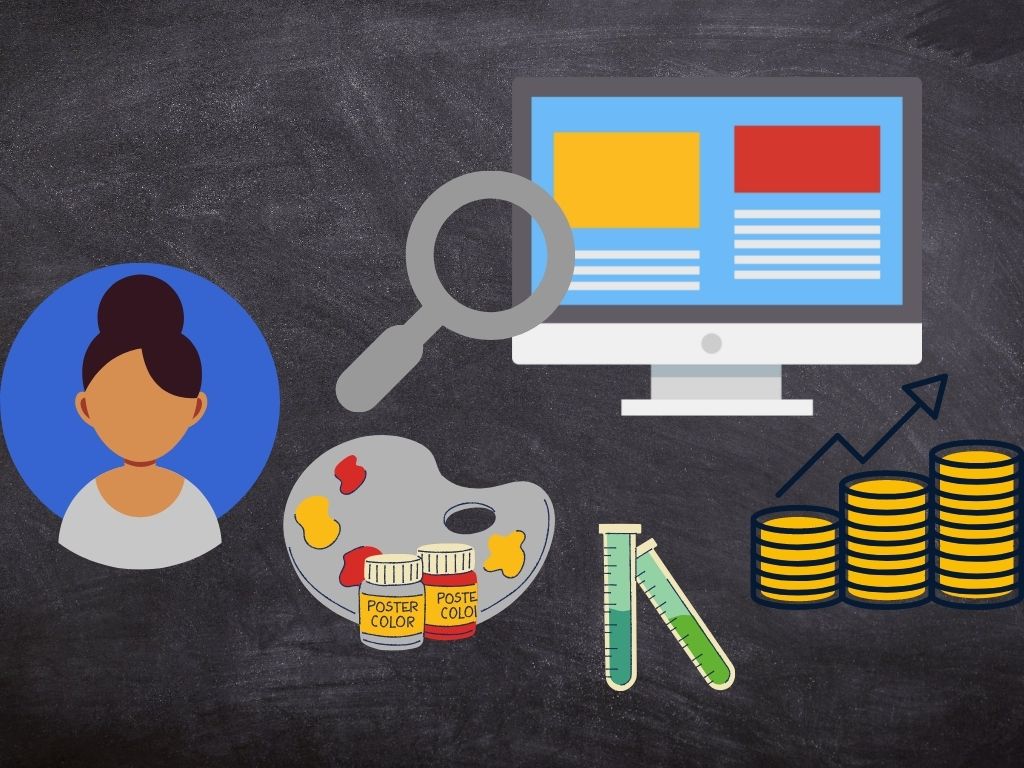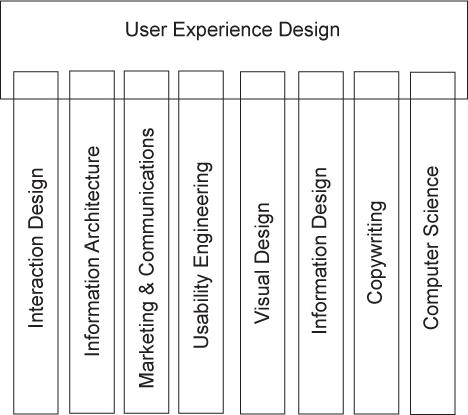User experience (UX) focuses on the user’s interaction with a company and its products or services. User experience design is concerned with every aspect of this experience (the user’s perceptions and feelings when using it).
The final product is most often in the form of software, website, mobile application, and sometimes non-digital products.
Contents
What is User Experience Design?
User experience design is a multidisciplinary field that applies a combination of art and science to provide the best UX.
A user experience designer looks into user behaviors and analyzes their interactions. During the testing process, the UX designer analyzes how intuitive the product is to use, if users are able to accomplish their desired tasks easily, and if using the service is enjoyable.
After studying these aspects, user experience design applies rules and practices to follow in order to fulfill users’ needs and expectations.
Goals of User Experience Design
The main focus of user experience design is the customer journey. UX design strives to make this journey as enjoyable and productive as possible.
When users are interacting with a product or service, you want to follow these principles:
Solving Problems
Solving problems is the first step to a successful UX design process.
What does your user need?
If you’ve already solved this question, then you should aim to meet users’ demands.
First, you need to do some user research to find out what the users’ problems are. Right after that, you can offer them your solution.
Keep in mind that your solution must be useful and valuable for them.
Bringing Value
When using your product or service users are looking for some added value.
Because of this, you should highlight the value of your solution as soon as possible. Describe all the benefits and features your solution offers to the users.
How can you achieve this?
Your offer needs to be usable and discoverable. One of the undeniable added values of your product or service is how easy it is to use.
But in order to use it, users first need to find it. To make something easier to discover, a UX designer uses proper content (clear wording and suitable images) and a simple path to find your solution (categories, search bar, filters).

Making it Enjoyable
If your user is happy you’ll be happy too. One of the sure-fire ways to turn users into customers is to make sure they enjoy using your service. Users will be more than happy to come back if you provide them with pleasant experiences.
How to make your product enjoyable?
User experience design tries to deliver a tailored experience according to the audience. Tailored experience means you give users content and functions which fulfill their specific needs, expectations, and preferences.
Next, you can use interesting graphics or animation to grab users’ attention. Also, gamification is a way to make your service more thrilling. When playing, your users are actively engaging with your product. When done correctly, gamification boosts engagement through entertainment.
Most importantly you should try to reduce any possible obstacles your users may encounter.
For this, UX designers have to predict the problems users may run into and try to prevent them.
Test and Improve
User experience designers are always trying to understand the users better. They use various tactics and measurements, set objectives, and confirm their assumptions.
Throughout testing, it’s not about what we want users to do, but rather how they’re actually using our service or product. And the only way to find out how they are using the product is to place it in front of them and observe their behavior.
There should be a lot of testing during the design phase. UX designer uses the process of testing to observe different aspects of the user experience to identify a strategy that works best when interacting with users. Thanks to UX testing, you are able to identify your weak points and improve them. After thorough testing and optimization, you are set to put your product on the market.
Skills of a UX Designer
There are a few skills that UX designers should have in order to be effective.
According to the Boersma T-model, there are various disciplines in which UX designers tend to excel.

Interaction Design
Interaction Design (IxD) describes all the interactive elements of a design. During a development process, the UX designer keeps in mind the ways users will interact with these elements.
Some components of IxD are: animations, videos, sounds, clickable buttons, links, icons, as well as hover effects. All of these elements should be engaging, but also easy on the eyes.
The goal of interaction design is to create an attractive layout that users will enjoy interacting with.
Information Architecture
Information architecture is a field that focuses on the organization of information. UX designer decides how to arrange single parts of content so they are understandable, valuable, and easy to find.
All the information on your platform should be easy to read and comprehend.
Every user must be able to find and fully comprehend the information they are looking for without much effort.
To achieve this, content should be organized and structured and users should be able to navigate it easily.
Usability Engineering
Usability is how smoothly a user interacts with a platform, product, or service.
Their first contact with an interface should run effortlessly without any previous knowledge of it.
Visual Design
Visual design is interconnected with usability – the eyes of the user should be drawn to the desired information. A visual designer implements text, colors, shapes, images, and illustrations in a way that makes the interface more attractive.
Copywriting and Content
A copywriter is a content specialist who provides users with relevant information in order to inform, educate and entertain them.
When content is written and formatted correctly, you will receive attention and attract new users.


2 thoughts on “User Experience Design: Must-have Skills of a UX Designer”